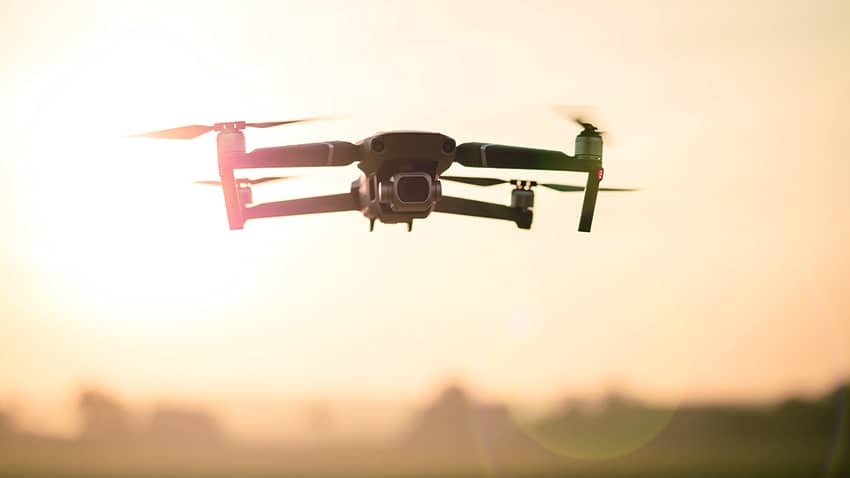
Flying problems!
The Federal Aviation Administration (FAA) in the US sees more than 100 rogue drone sighting reports each month, and with the number of commercial and recreational drones registered creeping close to one million, this problem will continue to grow.
With that said, not all drone sightings are one and the same. One way to think about the problem is to break sightings down into two categories – the 99% and the 1%. The 99% includes drones that are carelessly or cluelessly flown into a restricted space, such as stadiums, oil fields, amusement parks and an airport’s territory. The 1% refers to drones that are programmed by malicious actors with a purpose of causing persistent disruption, chaos or physical harm.
The 99%
Let’s start with the most common category of drone sightings. Small, hobbyist drones can cost anywhere from $50 to a few thousand dollars. Some are simple toys and others are equipped with high-quality cameras to capture photos and videos from a bird’s-eye view.
Since the battery life on these drones is typically about 10-20 minutes per charge, most airports do not currently have funding to remove the drone and end up having to deal with the resulting temporary delay. While the short battery life of these drones typically results in just a small disruption, it still has the potential to cause physical harm if the airport does not have a drone detection and mitigation system in place.
The majority of drone sightings reported by the FAA fall into this category; and certainly, tolerance is one approach, despite the disruption they cause.
The 1%
Now let’s talk about the 800-pound gorilla of drone sightings – planned, persistent criminal and terrorist drone attacks. It’s been more than two years since the drone incident that stopped more than 140,000 travellers at the UK’s Gatwick Airport from flying for about 30 hours. A few short months after this incident, climate change activists threatened to fly drones over Heathrow Airport in London to disrupt flights and make a statement about environmental changes they wanted to see.
These types of planned attacks on international airports can be categorised into the 1% of drone incursions from criminal-minded people that can cause the most damage. The London Gatwick incident brought to life what leaders in the drone industry have been preaching for years. And while a drone attack has yet to cause physical harm at commercial (or civilian) airports, these recent events have shown us this is a very likely possibility.
The solution
Some forward-looking security professionals have begun to adopt drone detection systems that can help them see when drones are flying into their airspace. The problem, however, is not only detection.
Airport security teams need efficient solutions for mitigating (removing) threatening drones quickly and in a manner that will not cause collateral damage. These mitigation technologies are out there, are effective, and can save lives, but there are still regulatory hurdles standing in the way of our security professionals from being able to fully adopt and operate counter-drone solutions.
Chief among the hurdles, in the US, is the expansion of the 2018 Emerging Threats Act that Congress must pass to allow state and local law enforcement to legally mitigate a threatening drone as the Transportation Security Administration (TSA) does at airports.
The drone market will continue to grow as we begin to see air taxis and drone deliveries for common household items become more advanced and readily available. This also means bad actors will have even more access to drone technology that can be used for malicious purposes.
Finding an all-encompassing drone detection and mitigation solution can prevent life-threatening attacks from coming to fruition.

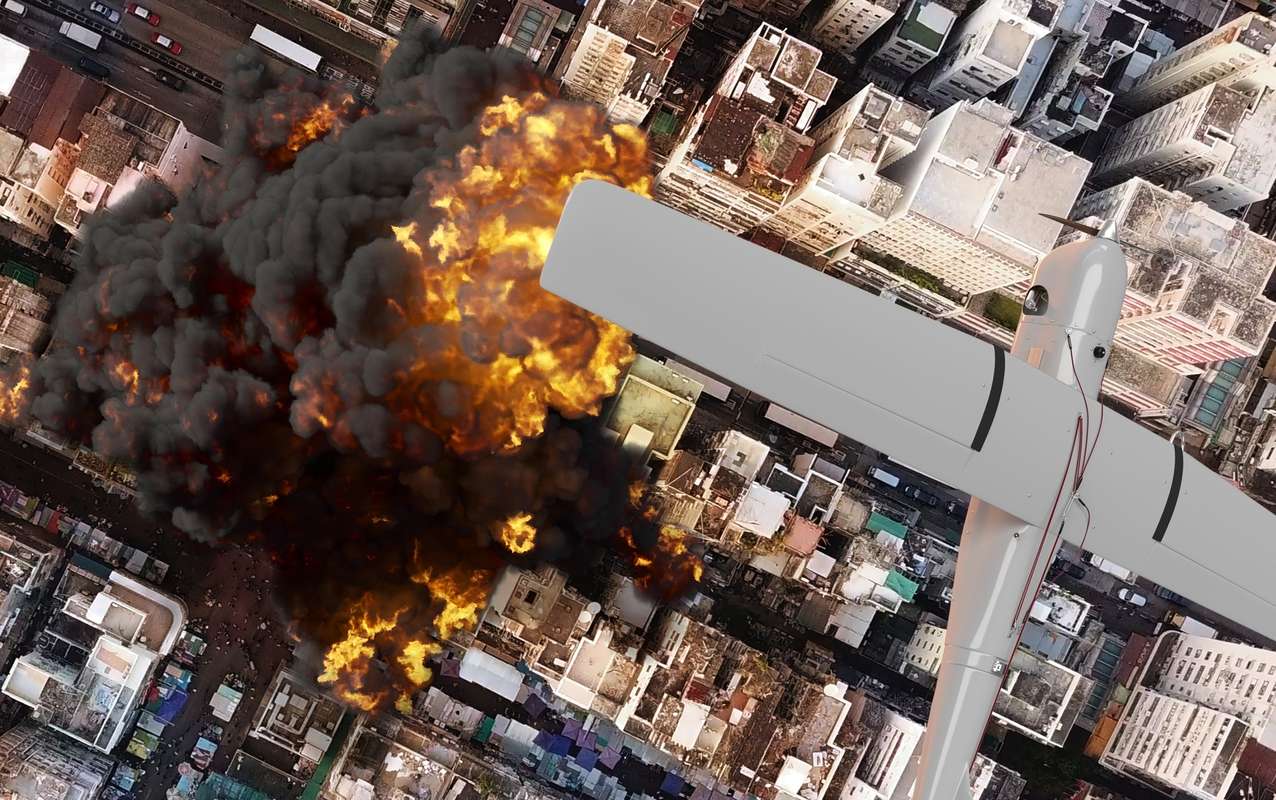
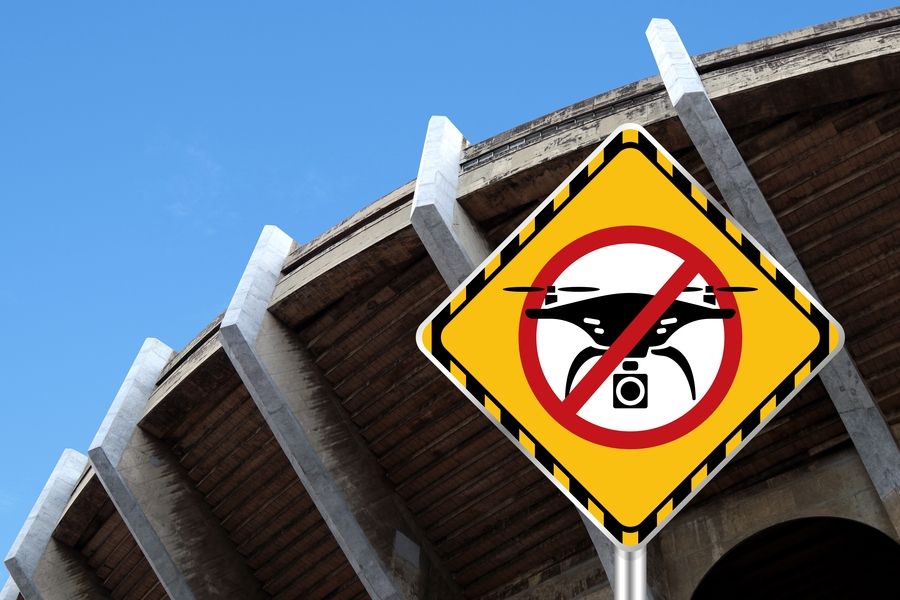
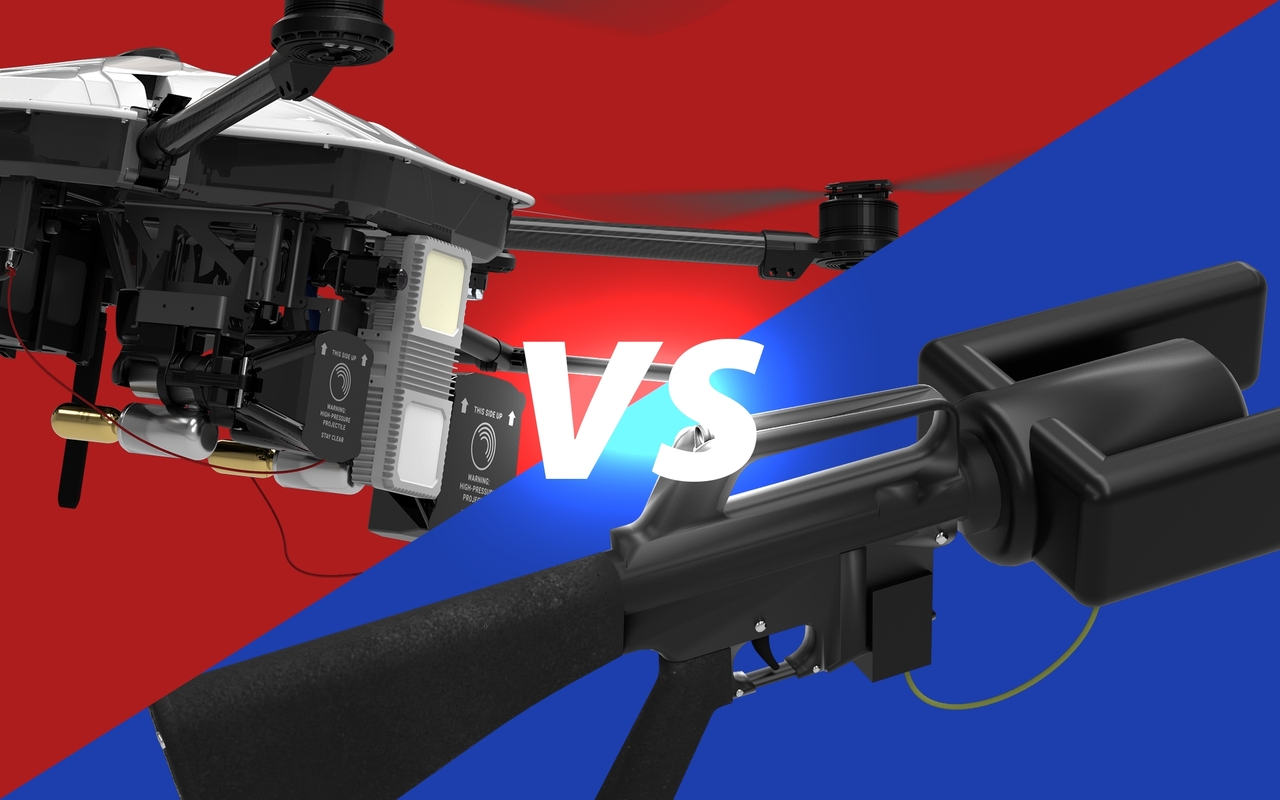
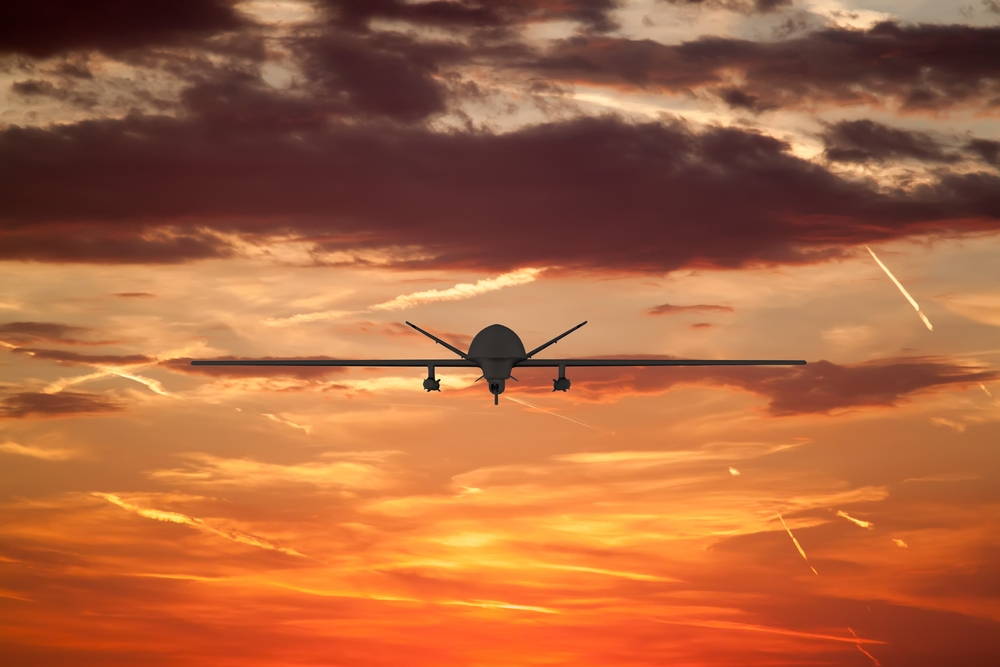

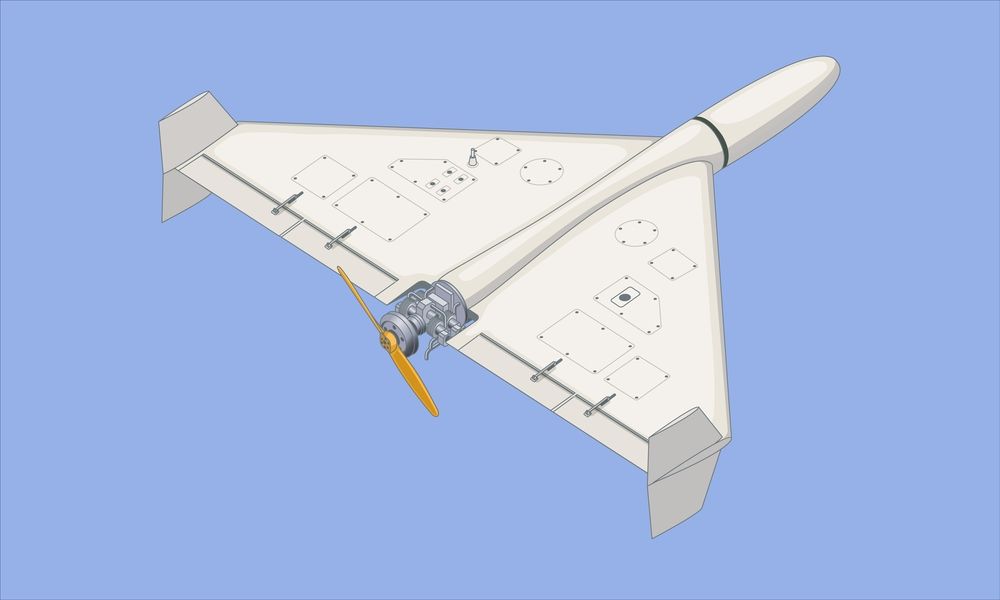
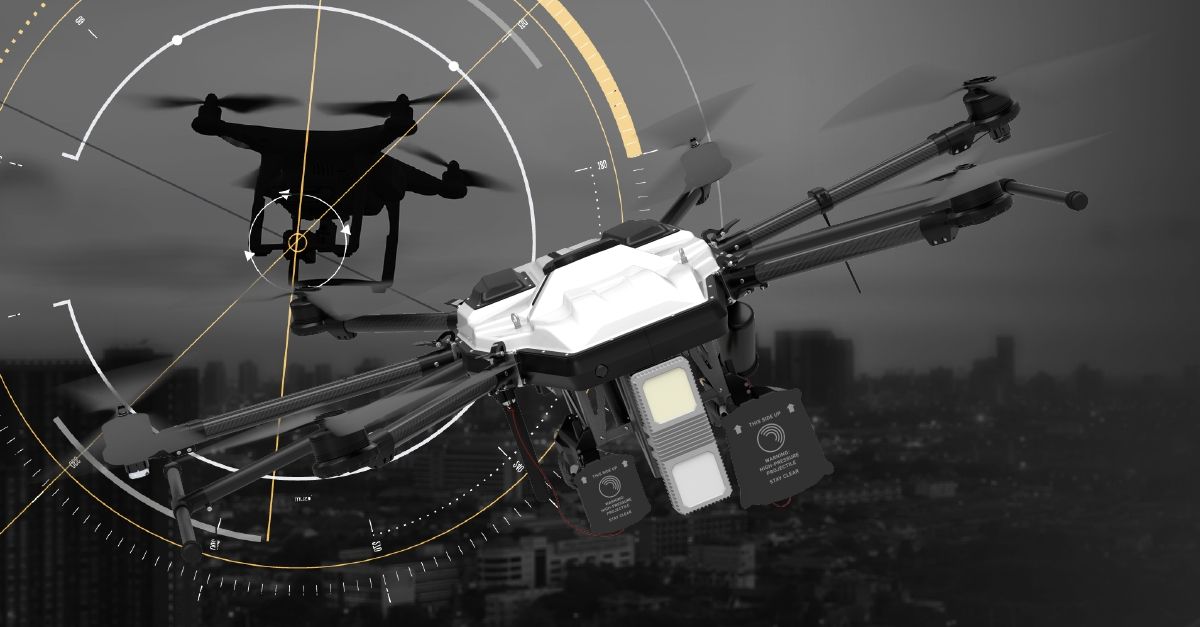

Related posts